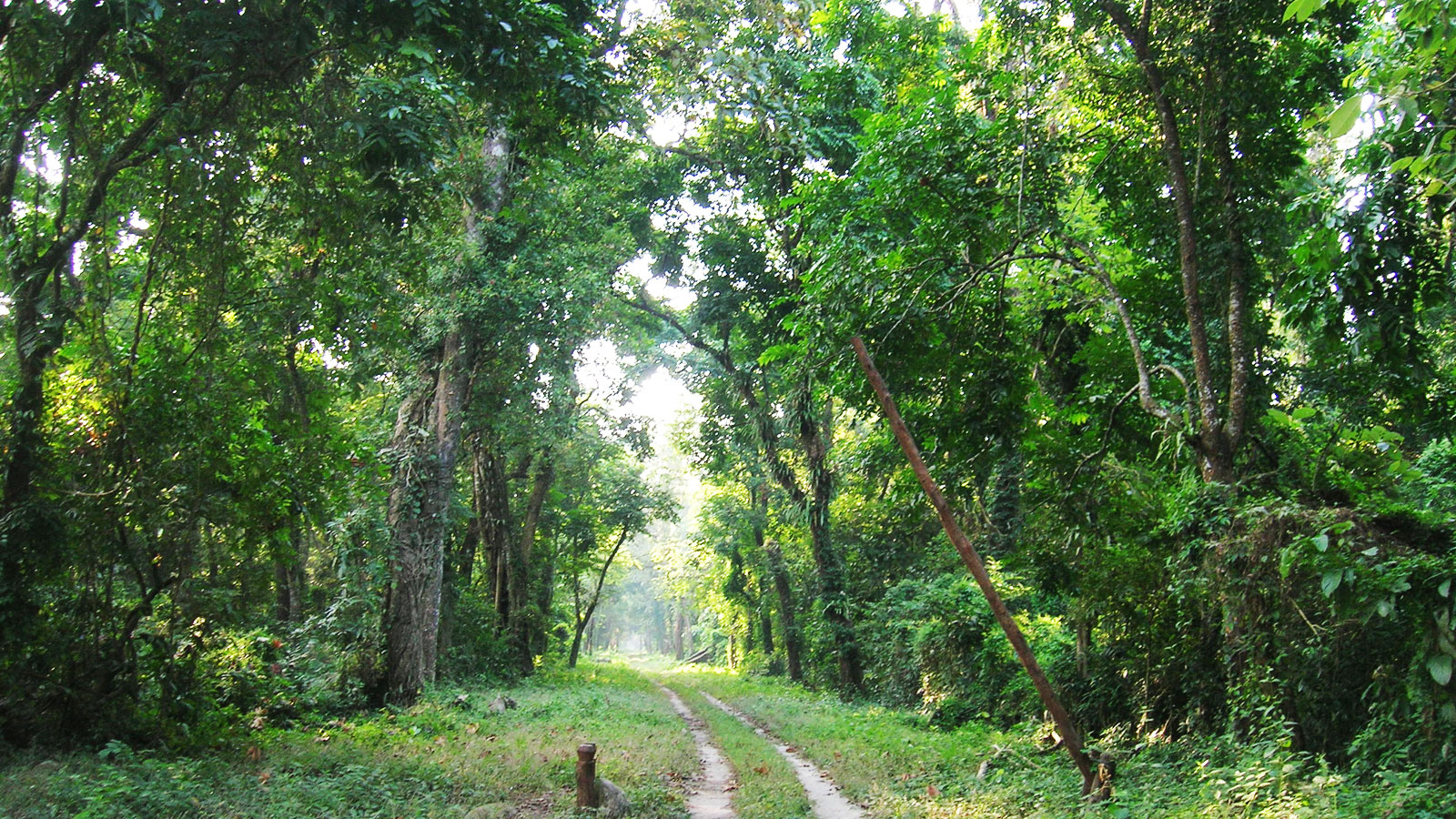
People from all parts of the civil society have raised significant concerns over the Supreme Court’s Forest Rights Act judgement last week as well as over the context in which it was pronounced. For example, it is disturbing that the Centre chose not to have itself represented at the hearings.
It is also disturbing because this judgement reflects another one on the Atrocities Act in March 2018, insofar as they both blatantly disregard grassroots realities and data.
But the fundamental crisis of this pronouncement is that it seems to regress to an ideological position that the Forest Rights Act (FRA) was meant to break away from. The argument of encroachment does not withstand scrutiny, and for the court to reinstate encroachment as a central category in forest-land tenure reform amounts to an act of conservatism in the guise of conservation.
The encroachment logic
Encroachment in the prevailing public – and now judicial – discourse is conceived in an ahistorical, permanent manner. It is looked at in isolation: only whether or not I am an encroacher today matters, irrespective of whether I might have had any claims to the land before. This is dangerous because it establishes a historicity that is based in the present rather than in real history. In effect, because I am an encroacher today, I must have always been an encroacher.
However, encroachment on forest land is a historically contingent category, and this is important if we are to understand the FRA’s true purpose.
With the advent of British imperial bureaucracy, India began to consolidate state forests. Forests were clearly demarcated and ownership of forests was vested in the state, partly to ensure smooth supply of timber for the colonial economy. This is when the category of ‘encroacher’ – in its present form – first emerged.
This is because there can only be encroachment if there exists a preexisting legal right to property. So the colonial policy immediately transformed Adivasi and forest-dependent communities on lands deemed to be owned by the state under eminent domain into illegal encroachers. Even though this is a simplified telling, this history shows up an interesting contradiction at the heart of the encroachment logic.
Also read: The ‘Other’ in the Forest Rights Act Has Been Ignored for Years
The conventional image of the encroacher as an evil individual intent on profiting off of land that is the nation’s common heritage is challenged by the image of the encroacher constructed through the devices of a modern bourgeois state. The postcolonial encroacher is typically of the latter variety – but the apex court judgment, as well as many conservation groups, think of them as the former.
The constructed-encroacher is a shift in time from the legal to the illegal but the evil-encroacher is always illegal. The ideology of encroachment emerges from this duality, where a history is created based on the present.
Such ‘prior illegality’ isn’t confined to colonial histories; it has been and is the state’s dominant approach even in independent India. This is why early attempts at forest-land tenure reform focused on regularisation, such as in Gujarat in the 1980s and 1990s.
Regularisation implies the transformation of the irregular (the illegal) into the regular. So it implies a prior illegality that is transformed on account of the state’s largesse. There is no right to forest land since the occupant is fundamentally an illegal encroacher.
The FRA as a break
The FRA was meant to break radically from this paradigm of forest governance. A close look at the Act shows that it does accomplish this feat, at least in letter.
The FRA establishes a historicity to the legal subjectivity of forest-dependent communities. Its key objective is to redress historical injustice, and so it exposes the contradiction within the encroachment logic. In other words, it recognises forest-dependent communities as made-encroachers, not evil-encroachers.
Also read: How the FRA Is Being Cut Down to Size, and Tribals With It
Thus, the FRA is not regularisation: it does not transform the previously illegal into the legal. It is also not land (re)distribution in that it is not its primary responsibility to ensure livelihoods and social security. In effect, it is thus also not establishing a right. It merely recognises rights already held.
However, a lot of this remains purely in the letter of the law. In its implementation, as a wealth of evidence shows, the FRA has been consistently diluted to become either a land (re)distribution programme (e.g. through the inordinate state focus on individual rights claims) or a regularisation programme (e.g. through illegal rejection of claims by twisting the FRA procedures).
So the Act in practice is not the radical break it was conceived to be – and this is precisely the point.
The Supreme Court had a great opportunity to return the FRA-in-practice to the radical, empowering goal of the FRA-in-spirit. If the court had reinstated the redressal aspect the text’s central objective, it could have ensured that the law is implemented properly and also have broken the grip of ideologies rooted in our colonial past. Instead, it went with rigid conservatism, only misspelling it as ‘conservation’.
Tanay Gandhi is a graduate in law with a keen interest in critical and post-structural theories of ideology and discourse. He works alongside Adivasi communities in Gujarat on questions of forest rights and self-governance.

